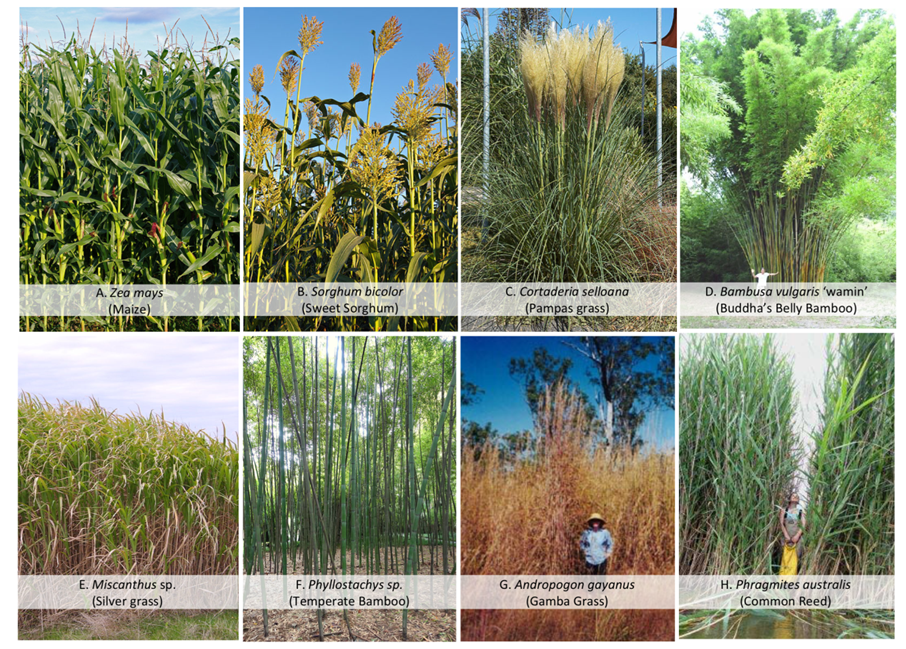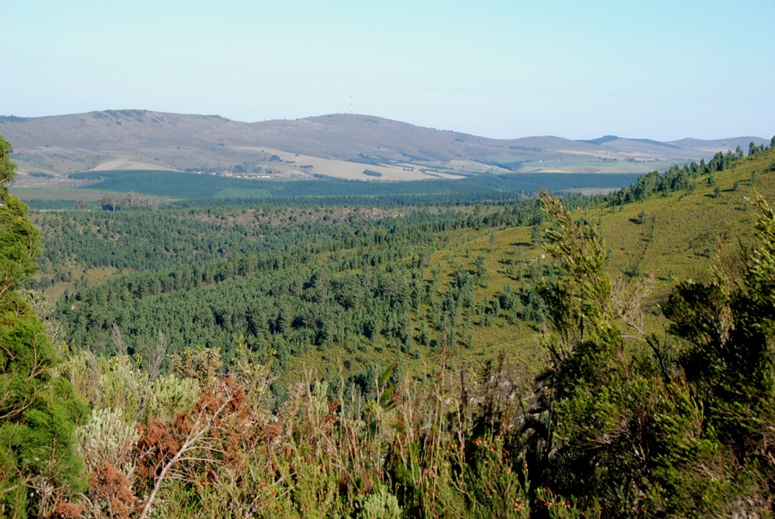The value of meaningful nature experiences
A much-anticipated book on the Cultural and Spiritual Significance of Nature in Protected Areas has just been published by Routledge/Earthscan. Former doctoral student Matthew Zylstra, supervised by C·I·B Core Team Member Karen Esler, contributes a chapter on meaningful nature experiences...





